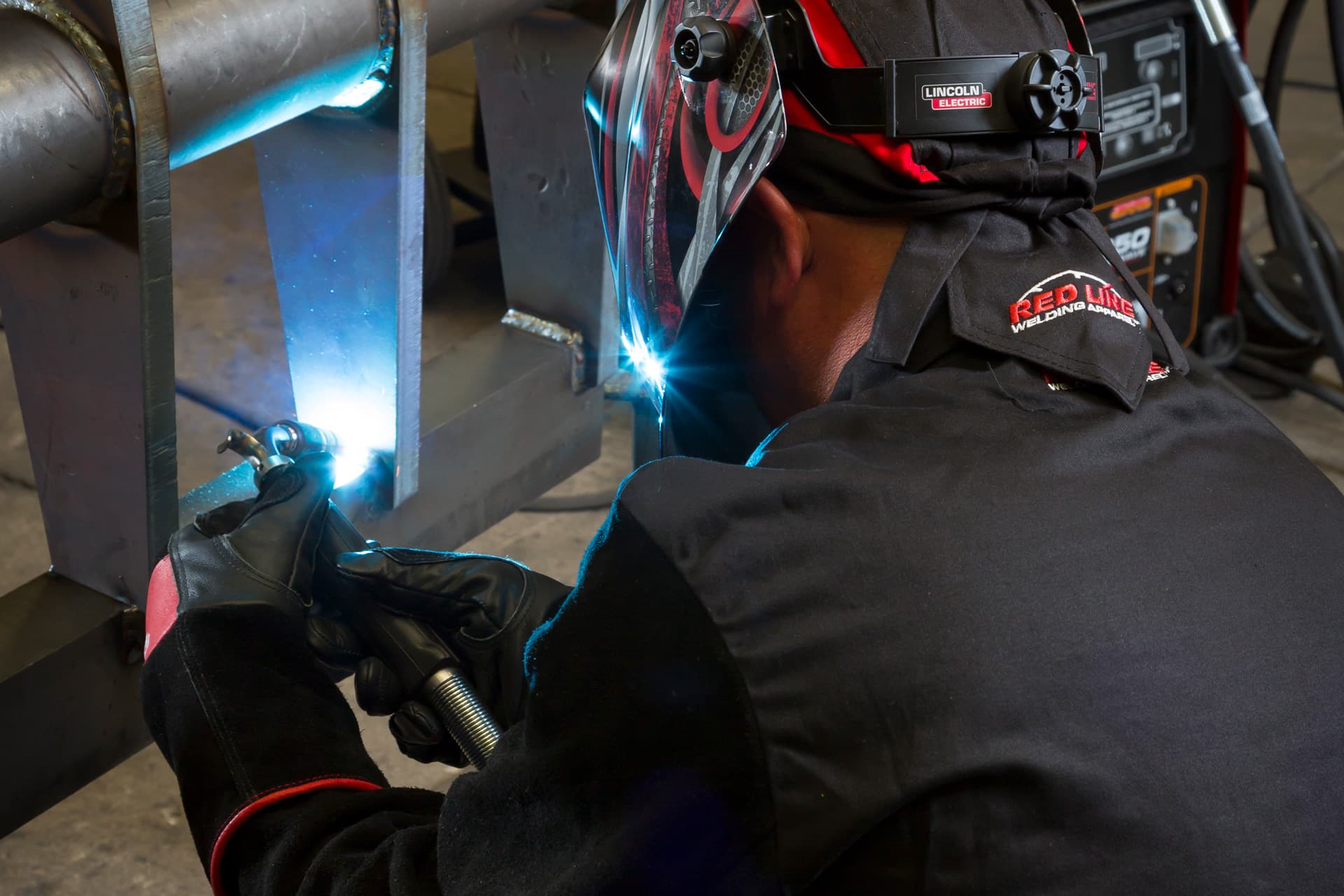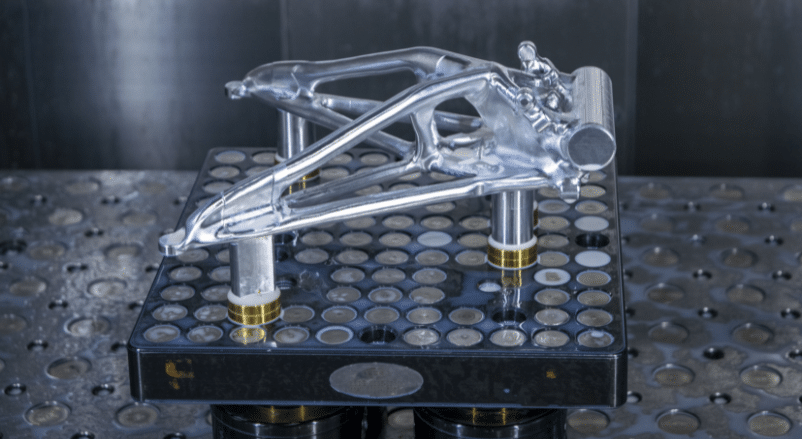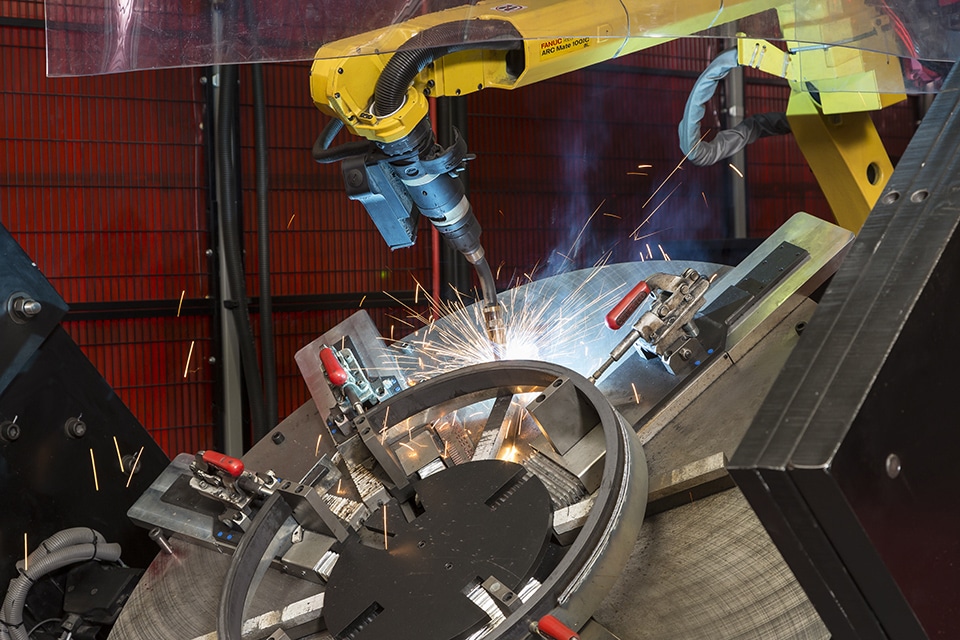In the competitive landscape of modern manufacturing, specifically in industries like aerospace and automotive, the integration of induction-heated tooling has emerged as a key innovation for composite part fabrication. This technology revolutionizes the process, offering increased efficiency and precision.
Let’s explore how it is making a significant impact and how it’s applied in production settings.
What is Induction Self-Heated Tooling?
It utilizes electromagnetic induction to directly heat the tool rather than relying on heat generated by additional equipment such as autoclaves. This process involves an induction coil fixed to the tool’s surface—or, in some cases, embedded within the tool—that produces a high-frequency electromagnetic field. When activated, this field induces currents within the tool itself, heating it and the composite material in contact with it efficiently and uniformly.
Here’s a breakdown of how it works:
- Electric Coil: At the heart of the induction heating system is a coil of wire known as an induction coil. This coil is essential because it becomes energized when electricity is passed through it and plays a critical role in the heating process.
- Magnetic Field: As electricity flows through the induction coil, a magnetic field is created around it. This field is similar to the invisible force field that surrounds a magnet. Just as a magnet can attract metal objects without touching them, the magnetic field generated by the induction coil interacts with nearby metal objects but without any physical contact.
- Heat Generation: When a metal object is placed within this magnetic field, it disrupts the field and causes electrical currents, known as eddy currents, to flow through the metal. These currents flow against the resistance of the metal, and due to this resistance, heat is generated within the metal itself. This process is very efficient as it directly heats the metal rather than relying on heat transfer from an external source.
- Controlled Heating: One of the key benefits of induction heating is the control it offers over the heating process. The heat is generated directly on or within the metal instead of being transferred from an external source. This direct heat generation ensures that the metal heats up rapidly while an optimized coil design enables superior temperature uniformity. Additionally, by adjusting the electrical current in the induction coil, precise control over the amount of heat and the heating rate is achieved, making it possible to heat the metal to a precise temperature without overheating or damaging the material.
This method is not only quick and efficient but also offers remarkable precision and control, making induction heating a preferred technology in various industrial applications.
Key Benefits of Induction Tooling in Composites Fabrication
Integrating an induction-heated tool into composite manufacturing processes offers multiple substantial benefits:
- Reduced Processing Time: Heats up and cools down more rapidly than conventional tooling, significantly reducing cycle times.
- Enhanced Energy Efficiency: Direct heating reduces energy consumption by focusing energy precisely where it’s needed, minimizing waste. Furthermore, the uniform temperature generation allows more lightweight tools to be used, since no thermal equalization is needed, further reducing the energy consumption.
- Improved Product Quality: Offers uniform heat distribution, crucial for achieving consistent curing of composites, which enhances the structural integrity and surface finish of the final product.
- Greater Design Flexibility: Allows for more complex and intricate composite designs by providing better control over the heating zones within the tool.
With this process, composite fabricators can achieve faster production timelines, lower costs, higher-quality products, and more sustainable practices. This makes induction heating an invaluable technology in industries where precision and efficiency are paramount.
Industry Applications for Self-heated Tooling
In the aerospace industry, out-of-autoclave shell tools are the dream for cost-effective manufacturing of lightweight, high-strength parts. Induction heating streamlines these processes, making it possible to achieve consistent quality at higher speeds. The technology also allows manufacturers to bypass traditional autoclave curing processes, which are energy-intensive and time-consuming, by utilizing self-heated tools inside of a pressurized chamber or autoclave.
For the automotive sector, induction bond tools play a pivotal role. These tools are essential for creating strong, durable bonds in parts where reliability is paramount. Self-heated shell tools and self-heated fixtures are particularly beneficial in manufacturing lightweight composite parts that contribute to fuel efficiency and overall vehicle performance.
The strategic use of composites in these industries is driven by their ability to reduce weight while maintaining high strength and durability. These are critical factors in both performance under extreme conditions and fuel efficiency.
The Impact on Advanced Manufacturing
The shift towards induction self-heated tooling indicates the industry’s movement towards smarter, faster, and more environmentally friendly practices.
Here’s how this technology is being applied:
- Customized Tooling Solutions: Induction heating allows for more freedom in the design of specialized molds and fixtures, essential for efficient and accurate composite part production.
- Sustainable Manufacturing Practices: By precisely focusing the energy and reducing its consumption, this technology supports eco-friendly practices, aligning with broader industry trends towards sustainability.
- Advanced Composite Material Use: Induction-heating technology works effectively for advanced composite materials, which are increasingly used for high-performance parts. Precise temperature control during curing enhances material qualities, making them suitable for high-stress applications.
Innovating with Induction-Heated Tools
At Baker Industries, we leverage the full potential of induction self-heated tooling to enhance our manufacturing solutions:
- Tailored Manufacturing Approaches: We design and customize tooling to meet the specific needs of our customers’ projects, integrating induction-heating technology where it makes sense, which boosts both the efficiency and the quality of our customers’ manufacturing outputs.
- Scalable Production Techniques: Our induction-heating solutions enable customers to increase production volumes efficiently without compromising on quality.
- Sustainability in Production: By reducing energy consumption and streamlining production processes, we help customers cut costs and contribute to more sustainable manufacturing practices.
The integration of induction self-heated tooling into composite fabrication represents a significant advancement in manufacturing technology. It enhances production efficiency and sets the foundation for the future of industrial manufacturing, where efficiency, quality, and innovation drive success.


